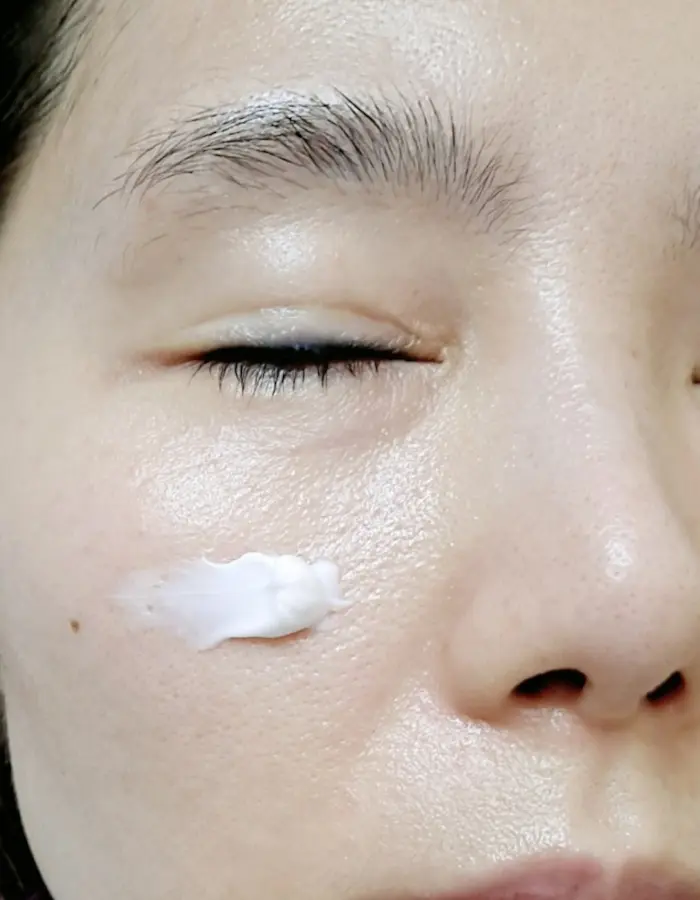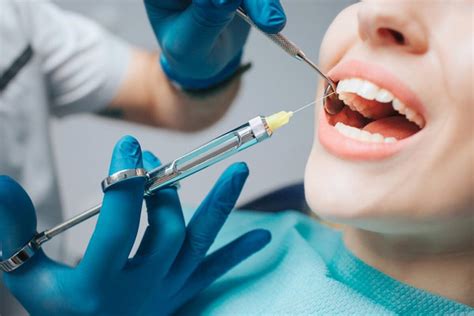What Is Peeling With Tretinoin? Reducing Irritation

Tretinoin, a derivative of vitamin A, is a topical medication widely used in dermatology for the treatment of various skin conditions, including acne, fine lines, and hyperpigmentation. One of the most common effects of tretinoin, especially during the initial stages of treatment, is peeling. This phenomenon, often referred to as “retinoid peeling” or “tretinoin peeling,” can vary in severity from mild to moderate and, in some cases, may lead to significant discomfort and irritation. Understanding the reasons behind tretinoin-induced peeling and learning strategies to reduce irritation can significantly enhance the treatment experience and adherence to the prescribed regimen.
Why Does Tretinoin Cause Peeling?
Tretinoin works by penetrating deep into the skin, where it promotes cell turnover, stimulates collagen production, and helps to unclog pores. This accelerated cell turnover process can lead to the peeling of the outer skin layers as the body sheds older, damaged skin cells more rapidly than it would under normal conditions. While peeling can be a sign that the medication is working, excessive peeling can lead to redness, dryness, and irritation, potentially causing discomfort and affecting daily activities.
Factors Influencing the Severity of Peeling
Several factors can influence the severity of peeling experienced with tretinoin use. These include: - Concentration and Formulation: Higher concentrations of tretinoin or certain formulations (e.g., gel vs. cream) can increase the risk of peeling. - Individual Skin Type and Sensitivity: People with sensitive skin may be more prone to severe peeling and irritation. - Frequency of Application: Applying tretinoin too frequently can exacerbate peeling. - Combination with Other Products: Using tretinoin alongside other exfoliating products (e.g., alpha-hydroxy acids, beta-hydroxy acids) can increase the risk of irritation and peeling.
Strategies to Reduce Irritation and Peeling
While some degree of peeling is common when starting tretinoin, there are several strategies that can help mitigate irritation and make the treatment more tolerable: - Gradual Introduction: Starting with a lower concentration of tretinoin and gradually increasing as the skin becomes more tolerant can help minimize initial irritation. - Moisturizing: Regular use of a gentle, non-comedogenic moisturizer can help to soothe and protect the skin, reducing the severity of peeling. - Sun Protection: Avoiding excessive sun exposure and using a broad-spectrum sunscreen with at least SPF 30 daily can prevent further irritation and potential worsening of peeling. - Application Frequency: Beginning with less frequent applications (e.g., every other day) and gradually increasing to daily use as tolerance develops can help reduce irritation. - Cooling Measures: Applying a cool, damp cloth to the affected area or using cool water for cleansing can provide temporary relief from discomfort. - Topical Corticosteroids: In cases of severe irritation, a dermatologist may prescribe a short course of topical corticosteroids to alleviate symptoms.
Managing Expectations and Enhancing Adherence
It’s crucial for individuals starting tretinoin to have realistic expectations about potential side effects, including peeling. Understanding that these effects are usually temporary and can be managed with proper skincare adjustments can enhance adherence to the treatment regimen. Regular follow-up with a dermatologist can also provide an opportunity to address any concerns, adjust the treatment plan as necessary, and monitor progress.
Conclusion
Peeling with tretinoin is a common phenomenon, reflecting the medication’s active role in promoting skin renewal and addressing underlying skin concerns. By understanding the factors that influence peeling and implementing strategies to reduce irritation, individuals can better tolerate tretinoin treatment, ultimately achieving the desired dermatological benefits with minimal discomfort.
How long does tretinoin peeling typically last?
+The duration of tretinoin-induced peeling can vary significantly among individuals. For many, the most intense peeling occurs during the initial 2-4 weeks of treatment, with symptoms gradually subsiding as the skin becomes more tolerant. However, some degree of peeling may persist, especially if the skin is exposed to harsh environmental conditions or other irritants.
Can I use tretinoin with other exfoliating products?
+It's generally recommended to avoid using tretinoin with other exfoliating products, at least during the initial stages of treatment, as this can increase the risk of irritation and peeling. However, under the guidance of a dermatologist, certain combinations may be safely used after the skin has adjusted to tretinoin, typically after several weeks of treatment.
How can I prevent tretinoin from causing dryness and irritation?
+Preventing dryness and irritation while using tretinoin involves a combination of proper application techniques, gentle skincare practices, and moisturizing. Applying tretinoin in a thin layer at bedtime, using a gentle cleanser, avoiding harsh products, and moisturizing liberally can help mitigate these side effects. Additionally, sunscreen use during the day is crucial to protect the skin from further irritation caused by UV exposure.
In conclusion, while peeling is a common side effect of tretinoin treatment, understanding its causes and implementing strategies to reduce irritation can enhance the treatment experience. By being proactive about skin care, managing expectations, and maintaining open communication with a dermatologist, individuals can navigate the initial challenges of tretinoin use and work towards achieving healthier, more resilient skin.
